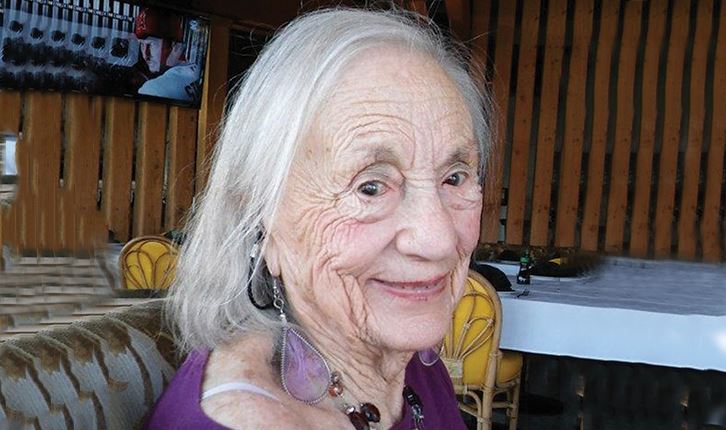Trauma & Fracture Care
Highly Trained Experts in Trauma & Fracture Care
When a patient has suffered a traumatic injury, they will need thoughtful, timely intervention to minimize complications, speed up the recovery process, and return them to maximum functional capability. In patients with open fractures, emergent irrigation and debridement of the traumatic wounds is necessary. Most displaced unstable fractures will require surgical stabilization.
Orthopedic doctors aligned with Hoag Orthopedic Institute are highly trained experts in trauma and fracture care. Hoag Orthopedic Institute continually procures and implements the most advanced operating room equipment and state-of-the-art technology. We are also the highest in orthopedic procedure volume in California, earning us national recognition.
Contact us today at
(855) 999-4641.
Find a Trauma & Fracture Orthopedic Doctor
How Traumatic Injuries & Fractures Are Treated
Injuries requiring the intervention of a trauma specialist are generally acute in nature, although trauma specialists are often called upon to evaluate the chronic effects of past trauma.
Patients who are currently dealing with any of the following acute and chronic conditions may benefit from referral to a trauma and fracture care specialist:
- Fractures of upper or lower extremities
- Complex periarticular injuries
- Pelvic and acetabular fractures
- Complex femoral fractures
- Injuries requiring internal or external fixation
- Injuries caused by falls
- Injuries requiring bone reconstruction
A bone may be completely fractured or partially fractured in any number of ways, including lengthwise, cross-wise and in the middle. Fractures can happen in a variety of ways as well, such as a fall, a motor vehicle accident, a sports injury, osteoporosis, and overuse resulting in a stress fracture. Usually, you will know immediately if you have broken a bone. You may hear a snap or cracking sound. The area around the fracture will be tender and swollen.
A limb may be deformed, or a part of the bone may puncture through the surface of the skin. Doctors often use casts, splints, pins, or other devices to hold a fracture in the correct position while the bone is healing. External fixation methods include plaster and fiberglass casts, cast-braces, splints, and other devices. Internal fixation methods hold the broken pieces of bone in proper position with metal plates, pins, or screws while the bone is healing.
Fractures can take several weeks, or even several months, to heal. The overall recovery time will depend on the extent of the injury and how well you follow your doctor’s advice. Pain usually stops long before the fracture is solid enough to handle the stresses of normal activity. You will need a period of rehabilitation that involves exercises and gradually increasing activity before those tissues will perform their functions normally and the healing process is complete.
Find a doctor that specializes in trauma and fracture care today.
-
 Back to Taekwondo Sports Medicine, Trauma & Fracture
Back to Taekwondo Sports Medicine, Trauma & Fracture"Rita Grahovec of Yorba Linda signed up for martial arts classes to share something in ..."
Read More -
 Back to Soccer Sports Medicine, Trauma & Fracture
Back to Soccer Sports Medicine, Trauma & Fracture"Michael Wolitski, 21, has played soccer since he was a 3-year-old and had high ..."
Read More -
 Back to Tennis Hand & Wrist, Trauma & Fracture
Back to Tennis Hand & Wrist, Trauma & Fracture"On a sunny Southern California afternoon while playing mixed doubles tennis, Patti ..."
Read More -
 Back to Loved Ones Hip, Trauma & Fracture
Back to Loved Ones Hip, Trauma & Fracture"At 97 years of age, Edythe Laudati still enjoys every day. She paints, arranges ..."
Read More -
 Back to Tending his Garden Hip, Trauma & Fracture
Back to Tending his Garden Hip, Trauma & Fracture"Prolific gardener Bob Scopin, 66, was on a ladder to trim the Star Jasmine hedge on ..."
Read More





